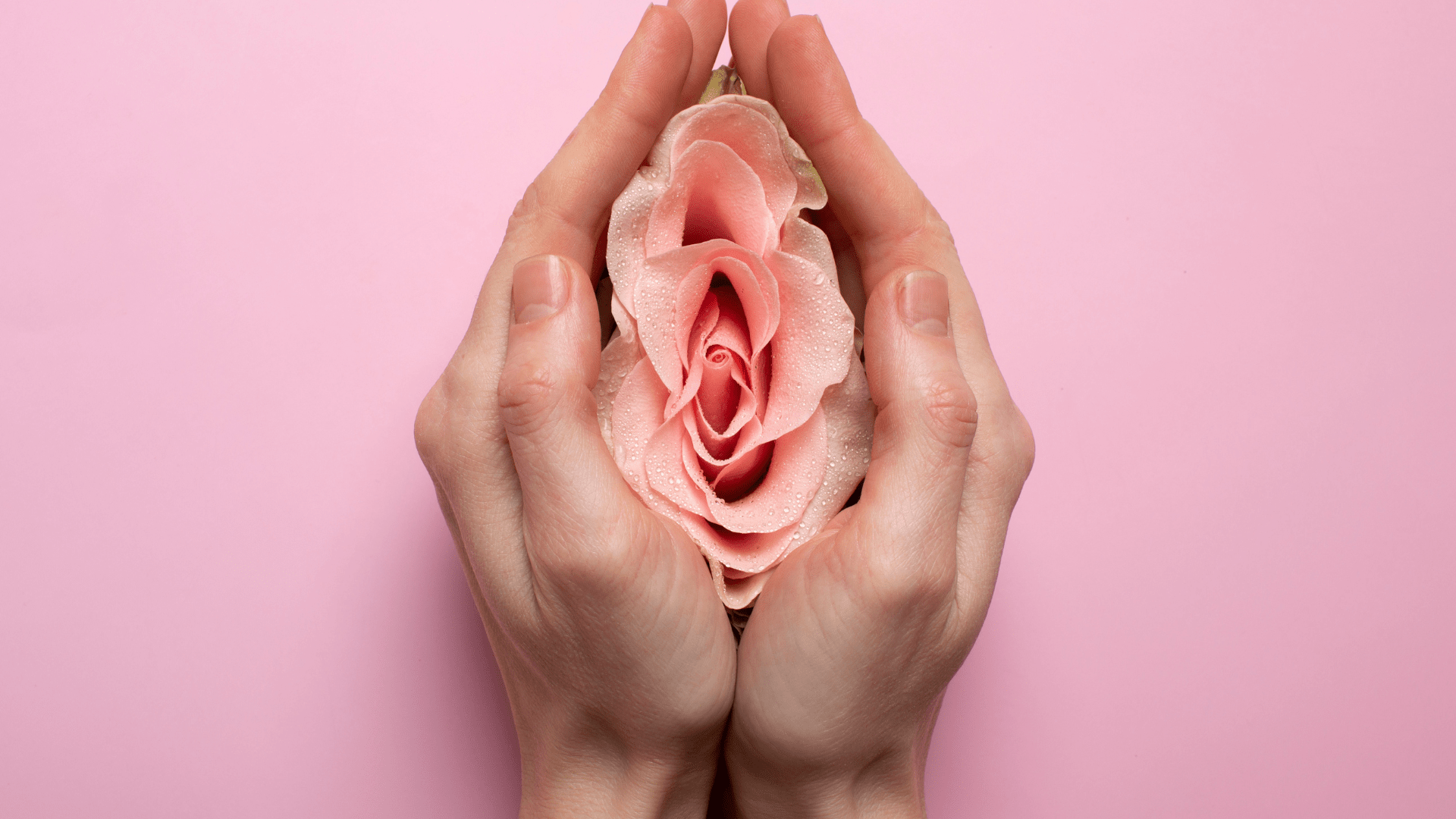You’re living your best life, minding your business, when a strange fishy smell hits you from down there. Then you go into a crazy spiral, wondering if you’re not clean enough. You start Googling “vaginal smell cure”, taking a strange cocktail of antibiotics your friend swore worked for her, and maybe inserting some weird vaginal cleansing soap that a random stranger on the internet swears would flush everything out. If this is you, stop it.
What you might have is an infection called Bacterial Vaginosis (BV for short), and it’s not because you’re dirty, but because the bacteria in your vagina are having a little identity crisis (more on this later). It is one of the most common, but sadly misunderstood conditions out there, and we’re here to break it all down. Let’s talk BV, why it happens, and how you can get rid of it.
What Exactly Is BV?
Your vagina has its own well-balanced ecosystem known as the vaginal microbiome. It has good bacteria (mostly Lactobacilli), which act like soldiers at the warfront to protect and guard against bad bacteria from taking over. They do this by keeping your vagina environment slightly acidic (pH of 3.8 to 4.5).
BV happens when that balance gets disrupted. Bad bacteria (commonly Gardnerella vaginalis) overpower the good soldiers and start multiplying faster than they should. The result is BV and all the many uncomfortable symptoms you might experience.
What Causes BV?
BV is not an STI, but it is more common in women who are sexually active. Even so, it can happen in women who have never had sex before. BV is also not because you’re dirty, and it’s definitely not a “toilet infection” (there is no such thing).
BV happens due to some everyday habits that can throw your vagina off balance. Some of these include:
- Douching or using scented vaginal soaps, washes, or wipes: Let’s get this out of the way, your vagina isn’t supposed to smell like scented roses and candles. She is a powerful self-cleaning queen. Inserting pearls, herbs, steams, scented soaps, or feminine washes into your vagina can disrupt the balance and make the bad bacteria take over.
- New or multiple sexual partners: BV is not an STI, but sex, especially unprotected sex, can mess with your vaginal pH. Semen is alkaline, while your vagina is acidic. So, frequent unprotected exposure can tilt your vagina’s pH into a habitable bad bacteria zone.
- Hormonal changes: Pregnancy, periods, and even hormonal birth control can slightly change your vaginal pH and make you more prone to BV.
- Antibiotic use: Antibiotics are great for killing bad bacteria, but good bacteria are sometimes caught in the crossfire, especially Lactobacillus. If the good bacteria take a hit, then this leaves room for BV.
- Smoking: You might think smoking only affects your lungs, but it doesn’t. It can affect your vaginal microbiome and weaken your body’s natural defense against infections.
Signs You Might Be Dealing With BV
Some of the symptoms of BV include:
- A thin, greyish vaginal discharge.
- A strong, fishy odour, especially after sex or around your period.
- Some vaginal itching or burning, although not as common.
BV has some similar symptoms to other vaginal infections, like yeast infections. Make sure to see a doctor to get an accurate diagnosis and treatment.
How Do You Treat BV?

If you suspect you have BV, go get medical advice from a doctor. A sample of your vaginal discharge would be taken for examination under the microscope (called a wet mount in medical terms). Other tests could include testing your vaginal pH, which may be higher (alkaline) and could indicate BV.
Once the diagnosis has been confirmed, your doctor will start you on a course of antibiotics, typically Metronidazole or Clindamycin. These antibiotics could be in pill, cream, or vaginal insert form.
Fertitude tip: Avoid alcohol use if you’re using Metronidazole. Make sure to complete the prescribed dose of antibiotics even if you feel better. Incomplete treatment can make BV come back and make you resistant to the antibiotics, meaning they won’t work as well.
How to Prevent BV from Coming Back
BV loves a good comeback, like that ex that texts you a “hey” out of nowhere. You can get it again, even within months, especially if you don’t stop those harmful vaginal practices that keep affecting your vaginal balance.
You can reduce your risk of having recurring BV by doing the following:
- Avoid douching and scented products.
- Wear breathable cotton underwear to let your vagina breathe.
- Use condoms.
- Avoid unnecessary antibiotic use.
- Try probiotics (vaginal or oral) that support Lactobacillus growth.
Complications of BV
If you ignore BV or you don’t complete your treatment as prescribed, then you are at risk of having some complications, like:
- Increased risk of STIs like HIV, gonorrhea, and chlamydia.
- Pelvic Inflammatory Disease (PID), which is an infection of your upper reproductive organs, like your womb, fallopian tubes, or ovaries.
- Pregnancy complications like preterm labour or low birth weight, if you’re pregnant.
Final Thoughts
BV is common and treatable. It doesn’t mean you’re dirty or promiscuous. It just means your vagina microbiome is out of balance and needs some proper help getting back into balance.
Skip the “feminine washes”, cancel the yoni detox tea, and seek proper medical care instead by speaking to a doctor here.
References
Bacterial Vaginosis (BV): Causes, Symptoms & Treatment
Bacterial Vaginosis (BV) – Gynecology and Obstetrics – MSD Manual Professional Edition





